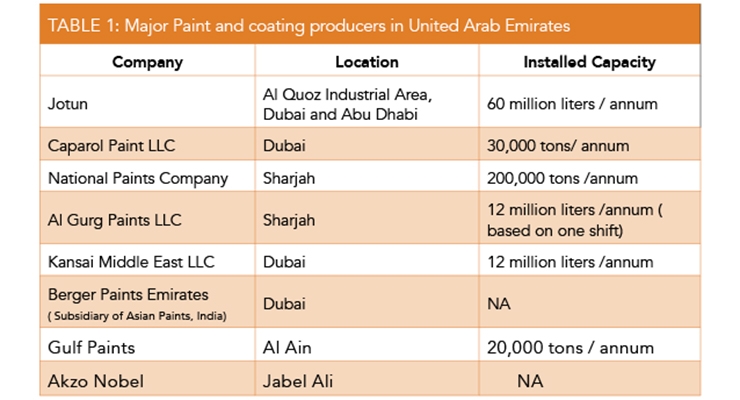Just How To Prep Your Wall Surfaces For A Perfect Paint Work
Just How To Prep Your Wall Surfaces For A Perfect Paint Work
Blog Article
Developed By-Flindt Brewer
Accomplishing a remarkable paint task starts with thorough wall prep work. From completing blemishes to priming surfaces, each action plays a critical duty in the last end result. However what about those difficult corners and sides that can make or damage the general appearance? Keep tuned to discover straight construction on exactly how to browse these challenging areas with finesse, making certain a seamless coating that will certainly boost your area to new heights of class.
Wall Surface Maintenance
Inspecting walls for any kind of imperfections and without delay addressing them with required fixings is important for attaining a smooth and flawless paint job. Before starting the paint procedure, thoroughly check out the wall surfaces for cracks, holes, dents, or any other damages that can impact the outcome.
Start by filling in any kind of cracks or holes with spackling substance, enabling it to completely dry completely before sanding it down to produce a smooth surface. For bigger damages or harmed locations, take into consideration using joint compound to make certain a smooth fixing.
In addition, look for any loose paint or wallpaper that may require to be gotten rid of. Scrape off any peeling paint or old wallpaper, and sand the surface area to produce a consistent texture.
It's additionally essential to evaluate for water damages, as this can cause mold and mildew growth and affect the adhesion of the new paint. Address any type of water stains or mold with the ideal cleansing services before waging the paint process.
Cleansing and Surface Preparation
To ensure an excellent and well-prepared surface area for painting, the next action includes completely cleansing and prepping the wall surfaces. Begin by dusting the wall surfaces with a microfiber fabric or a duster to get rid of any kind of loosened dirt, cobwebs, or debris.
For more stubborn dust or grime, a remedy of mild cleaning agent and water can be utilized to carefully scrub the wall surfaces, complied with by a complete rinse with clean water. Pay unique attention to areas near light switches, door handles, and walls, as these often tend to accumulate even more dust.
After cleansing, just click the following web page is essential to check the wall surfaces for any kind of cracks, openings, or blemishes. These should be full of spackling compound and sanded smooth when completely dry. Fining sand the wall surfaces lightly with fine-grit sandpaper will likewise aid develop a consistent surface area for painting.
Priming and Taping
Prior to paint, the walls need to be primed to guarantee proper bond of the paint and taped to safeguard adjacent surface areas from roaming brushstrokes. Priming functions as an important step in the painting process, specifically for brand-new drywall or surface areas that have actually been patched or fixed. It aids seal the wall, producing a smooth and uniform surface area for the paint to abide by. In addition, guide can enhance the longevity and protection of the paint, ultimately leading to an extra specialist and durable surface.
When it involves taping, making use of painter's tape along trim, ceilings, and other surface areas you intend to safeguard is essential to achieve tidy and crisp paint lines. Painter's tape is created to be conveniently used and removed without damaging the underlying surface area or leaving behind any type of deposit. Put in the time to appropriately tape off locations before repainting to conserve yourself the headache of touch-ups later.
Verdict
To conclude, correctly preparing your wall surfaces prior to painting is critical for achieving a flawless finish. By evaluating for flaws, cleaning completely, priming the surface, and using painter's tape for tidy lines, you can make sure a professional-looking paint task.
Putting in the time to finish these steps will certainly lead to a smooth and resilient coating that enhances the total appearance of your space.
